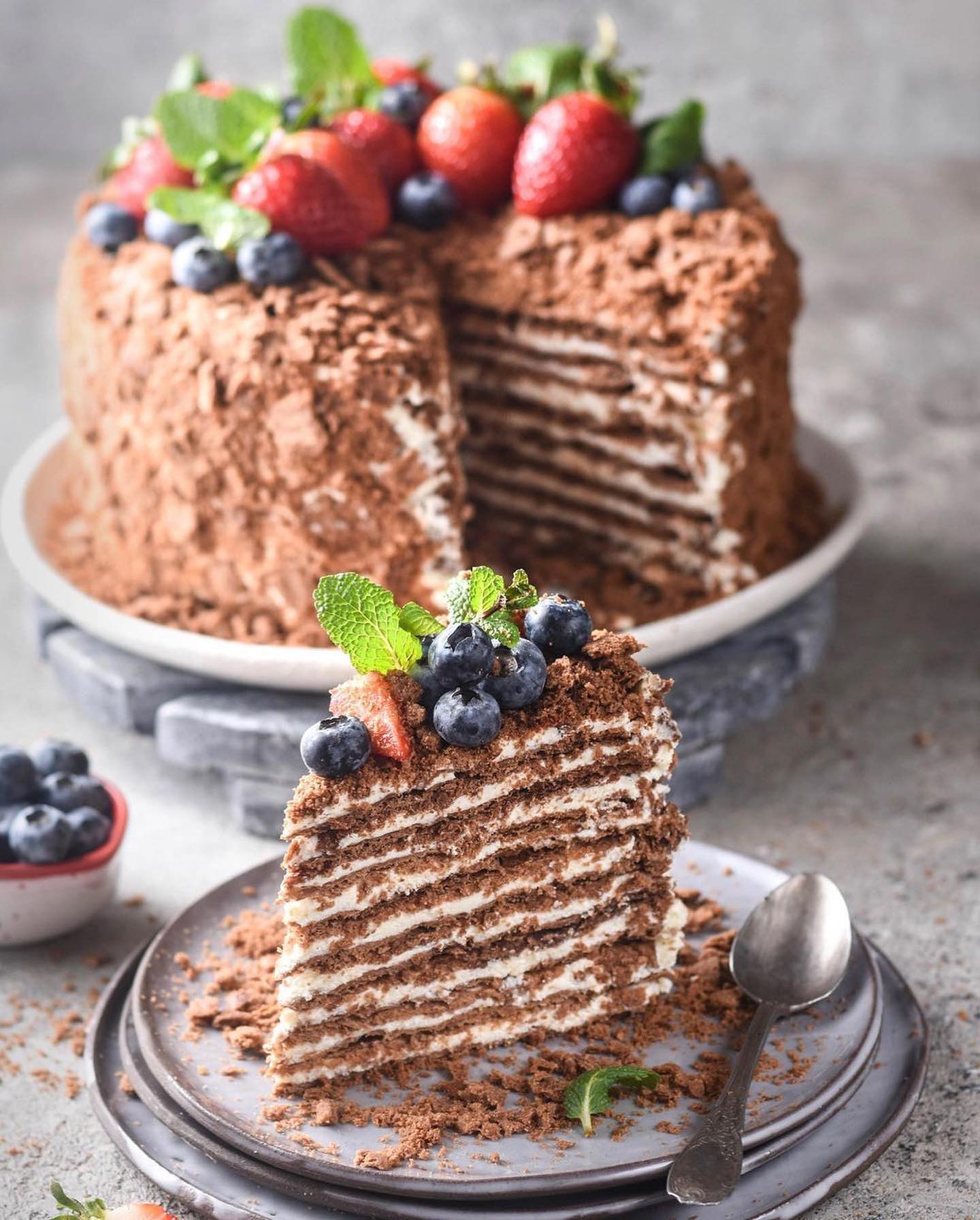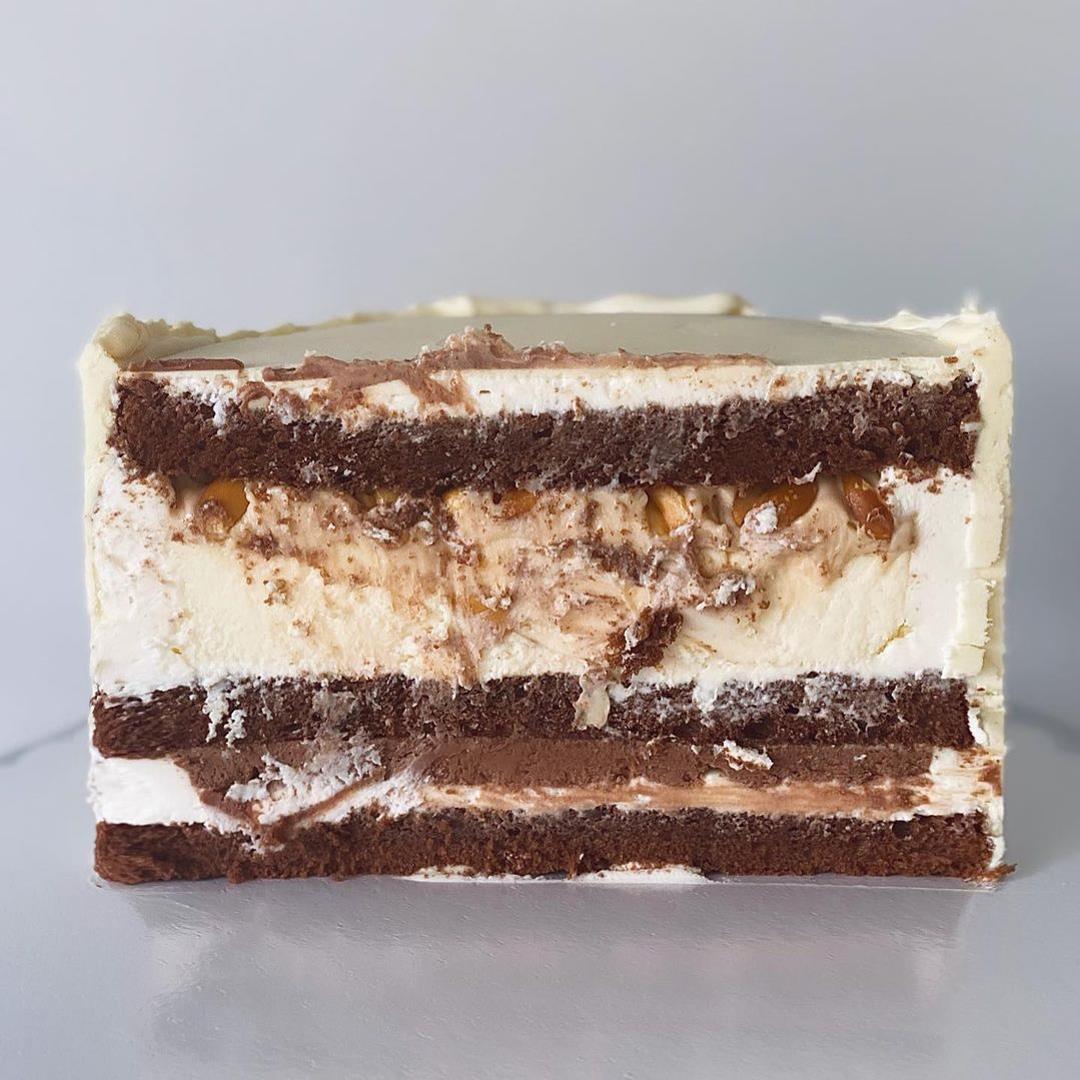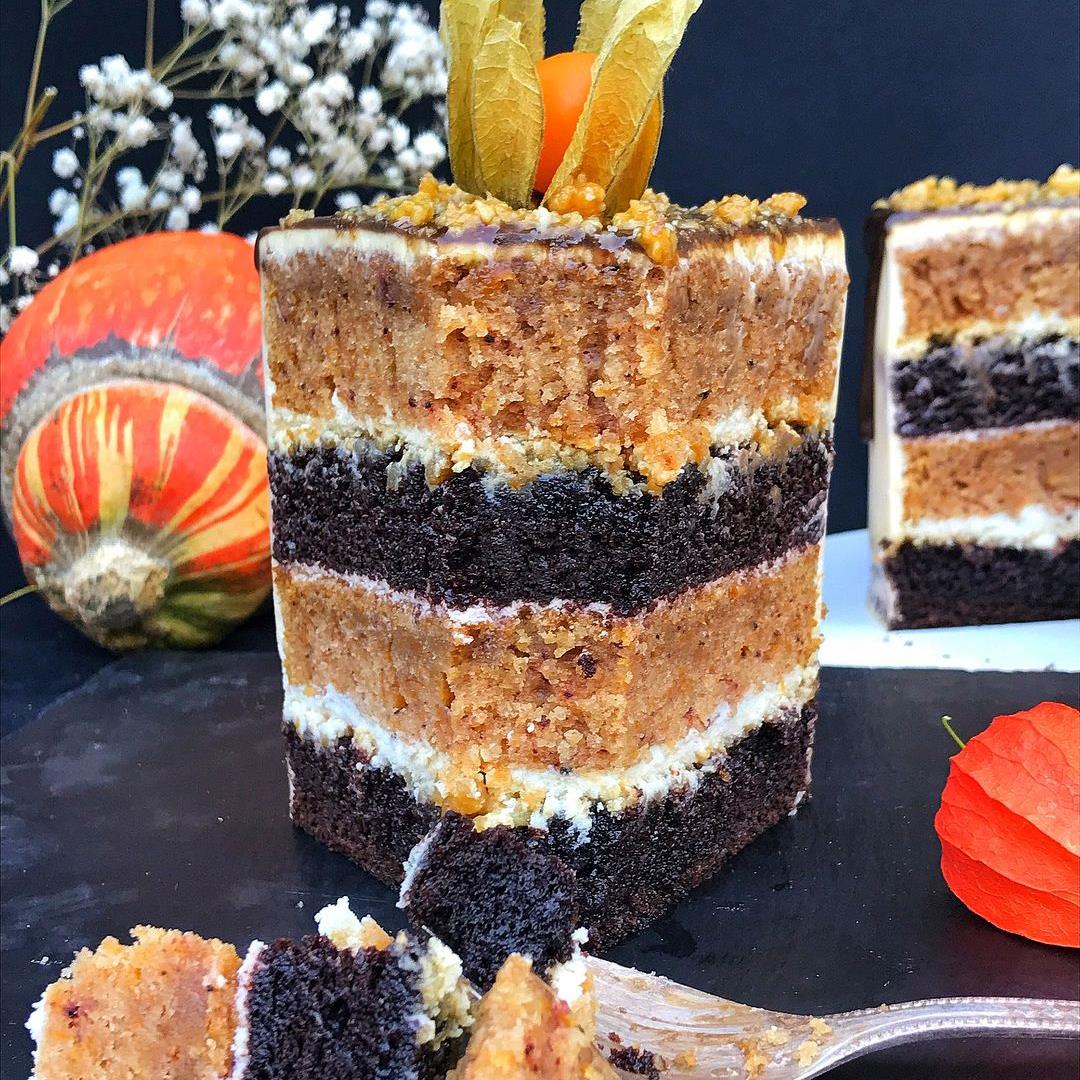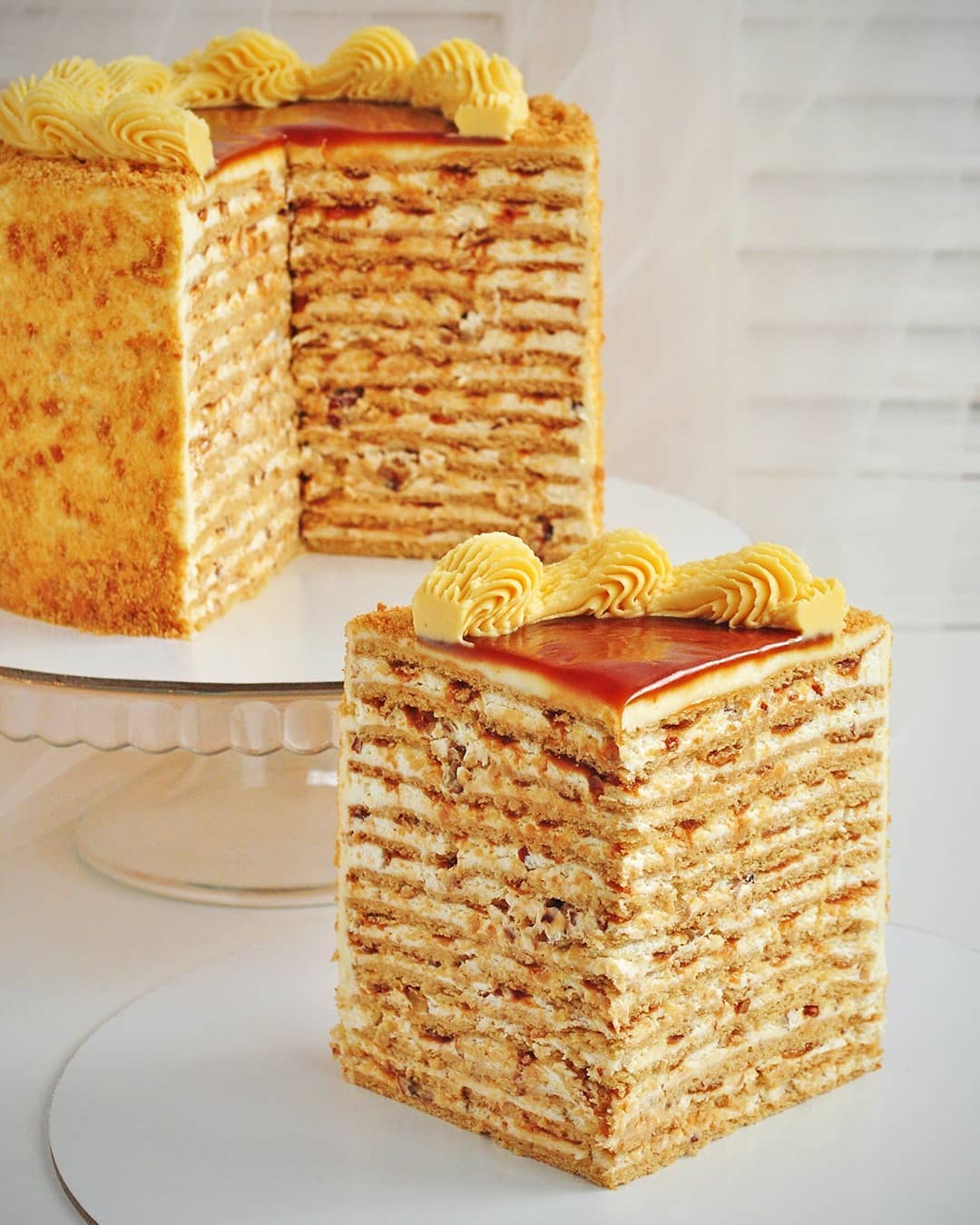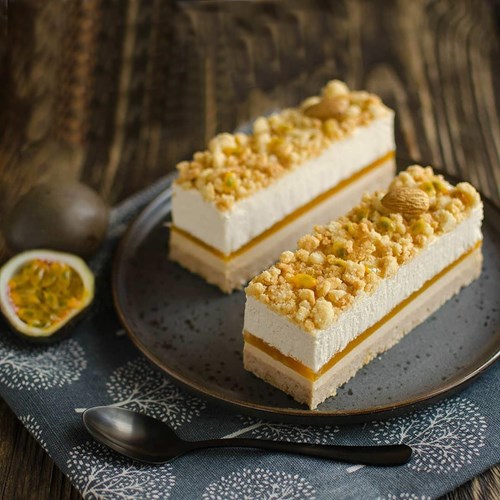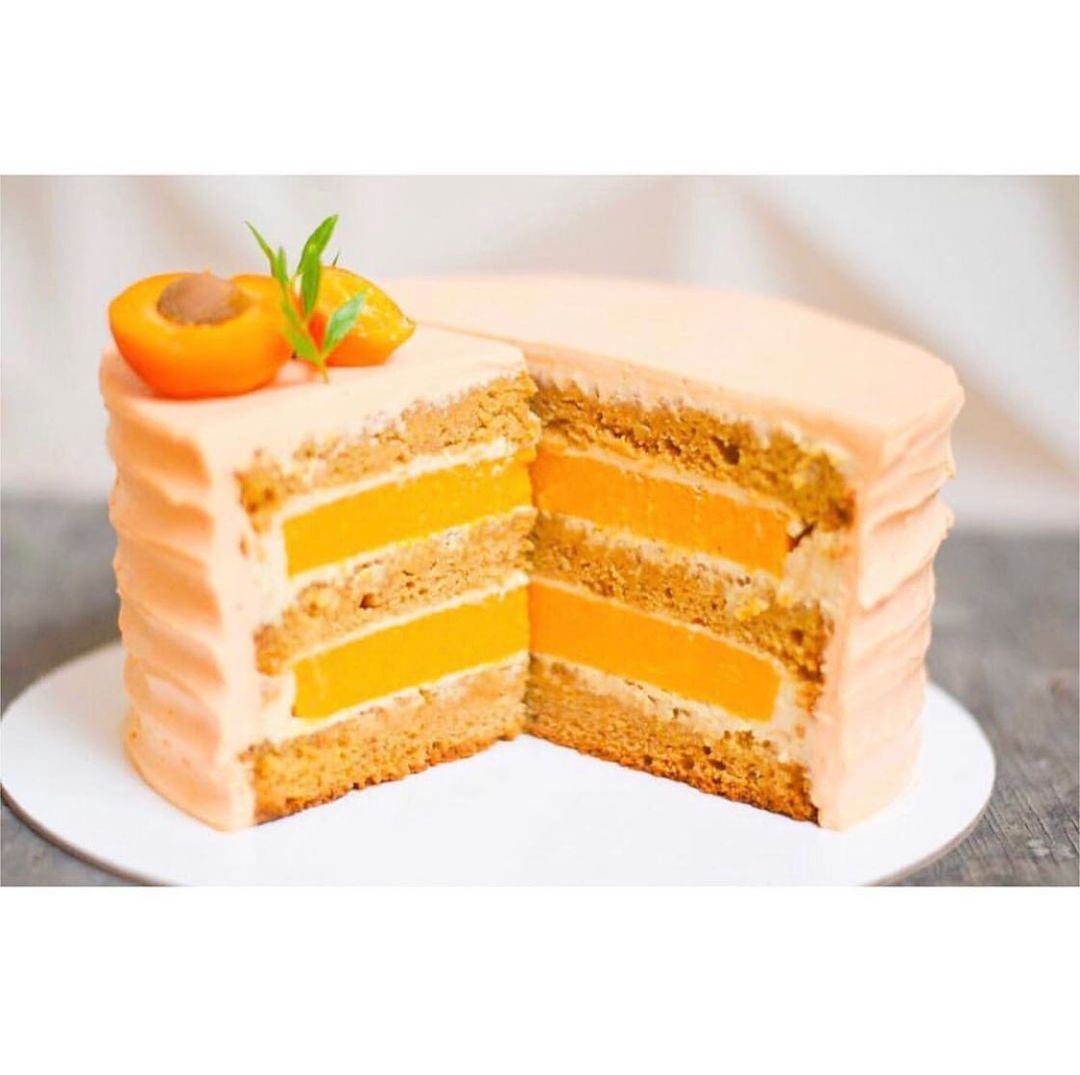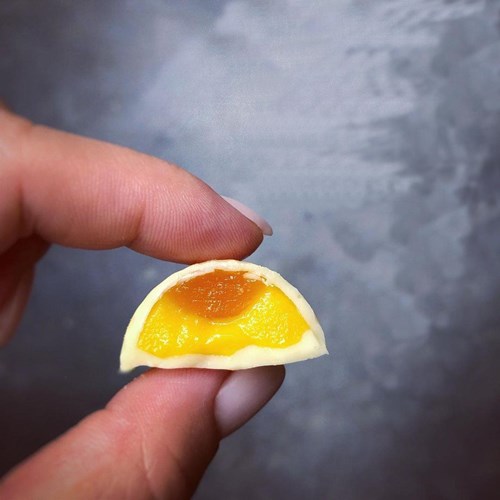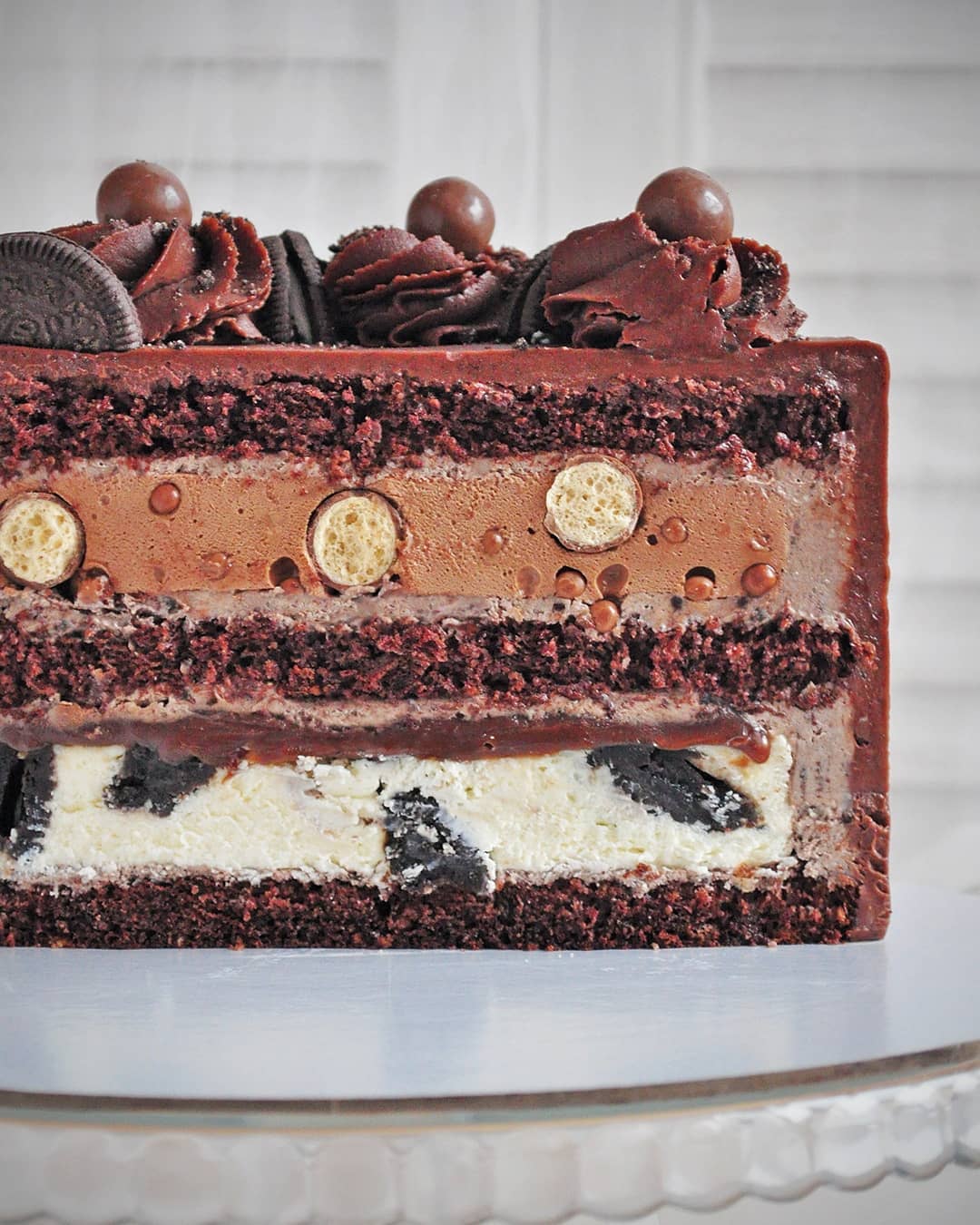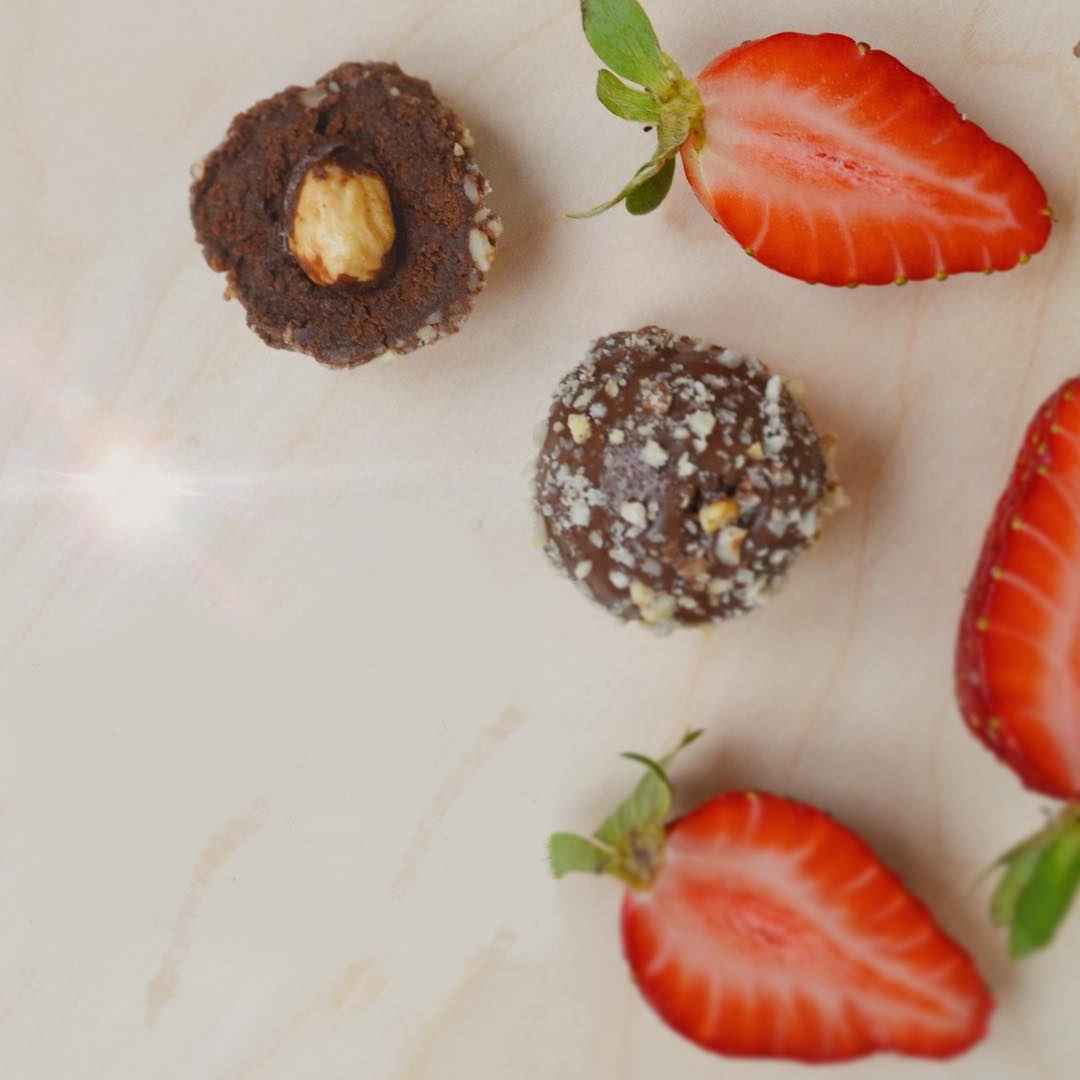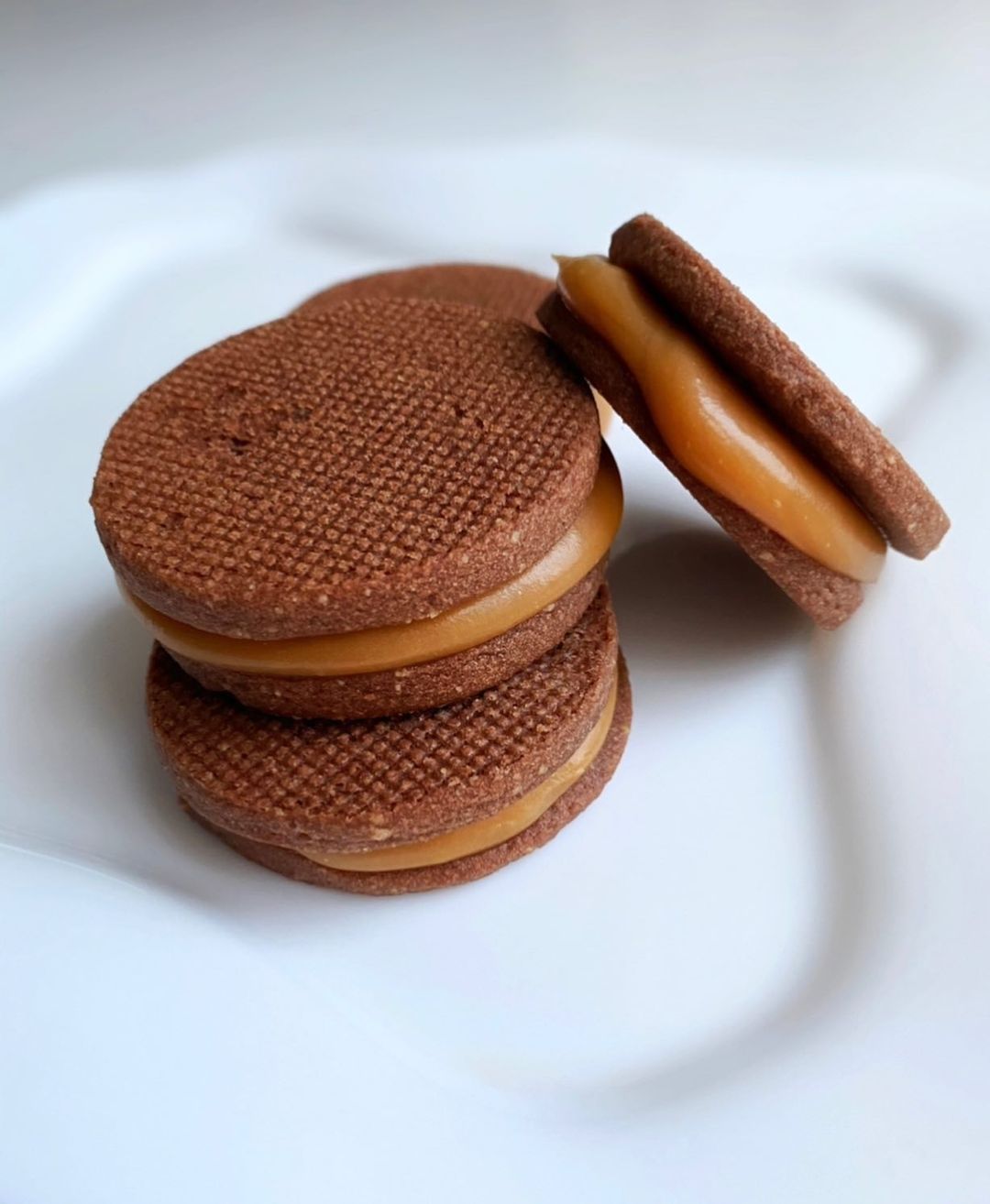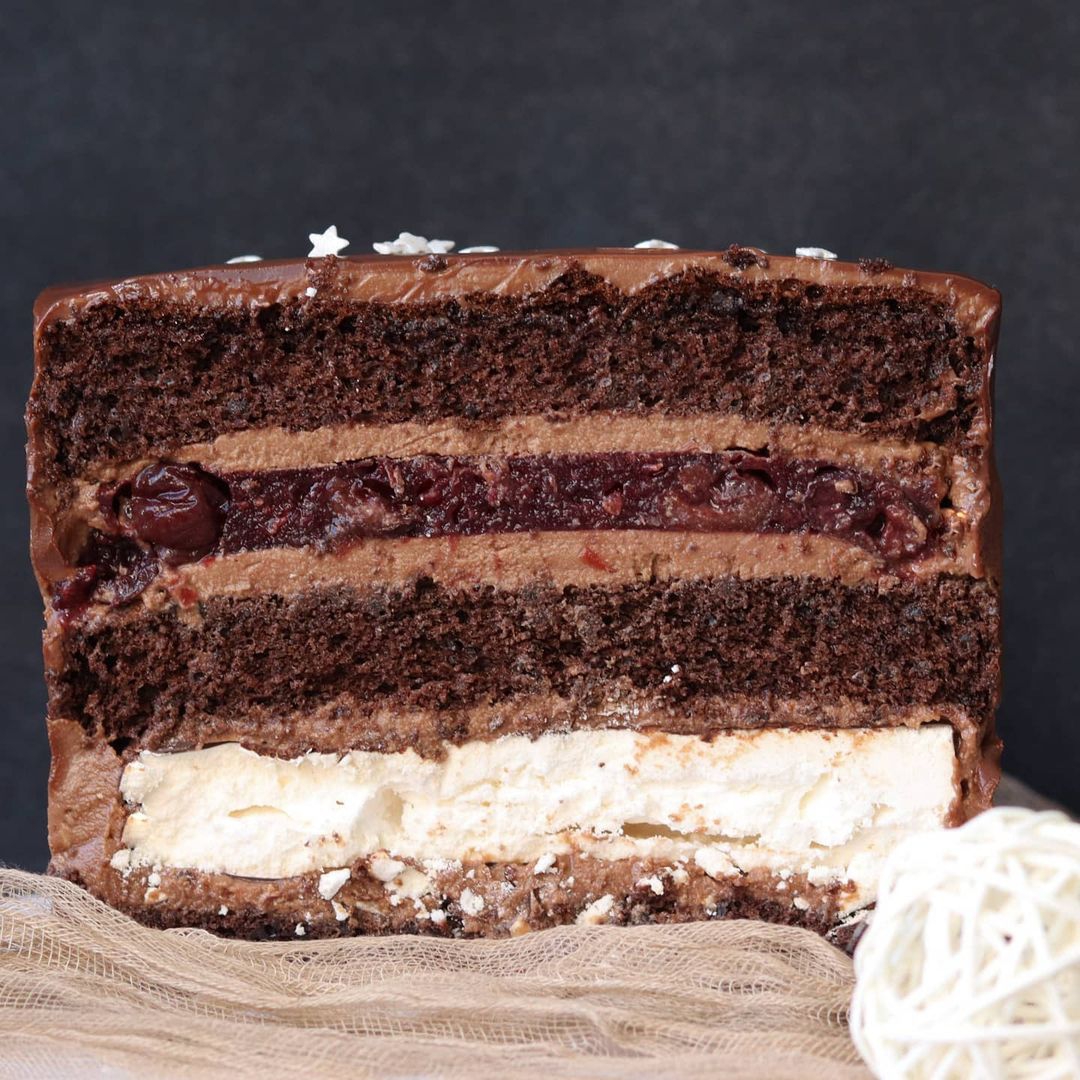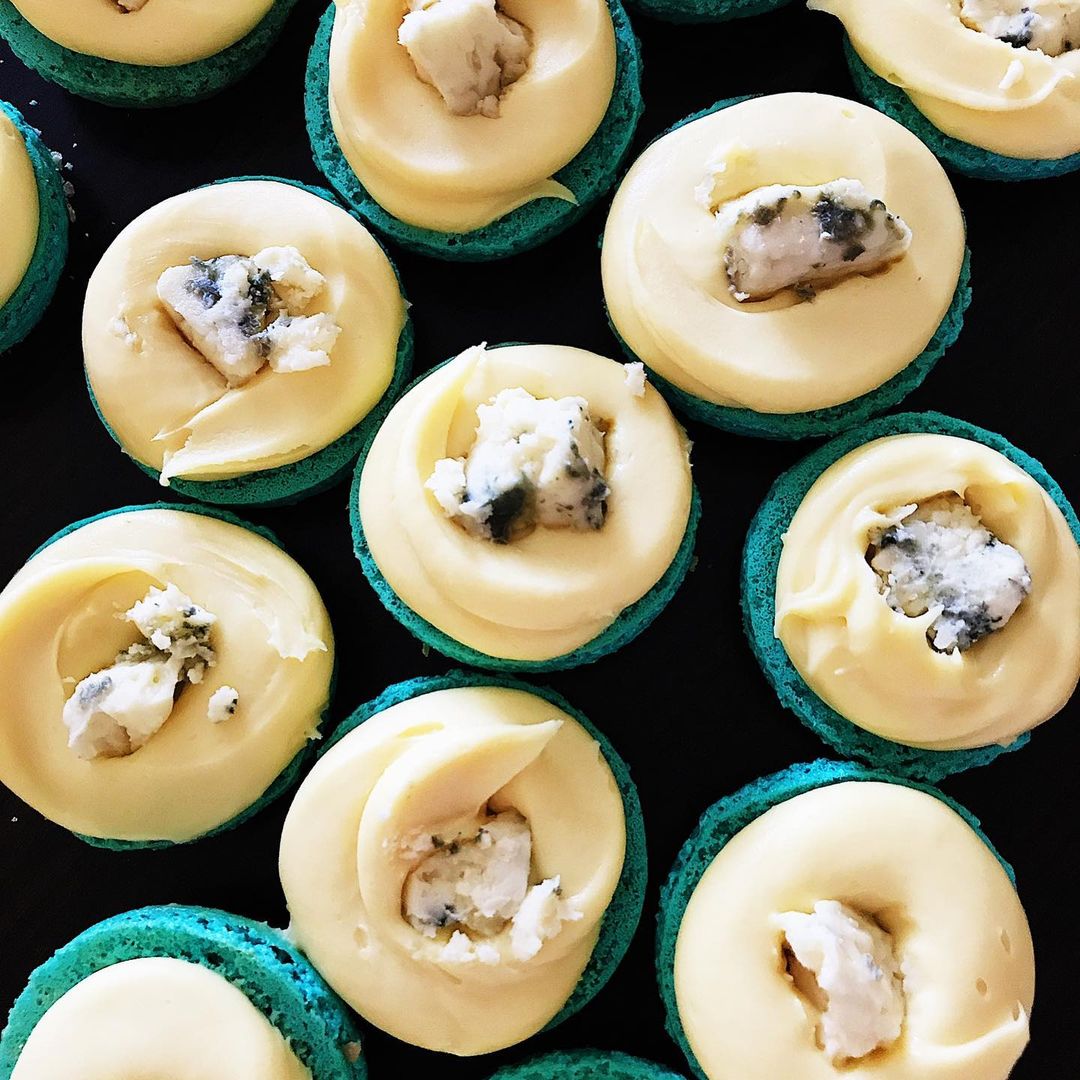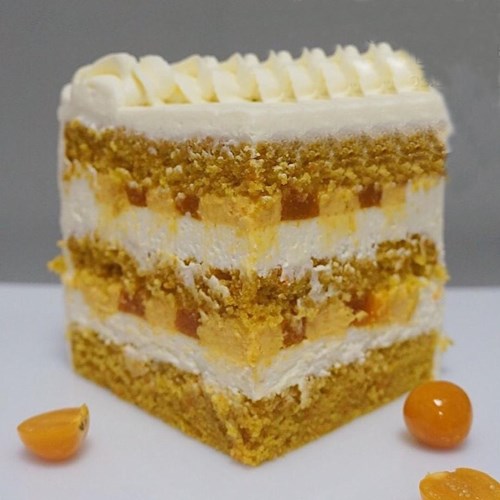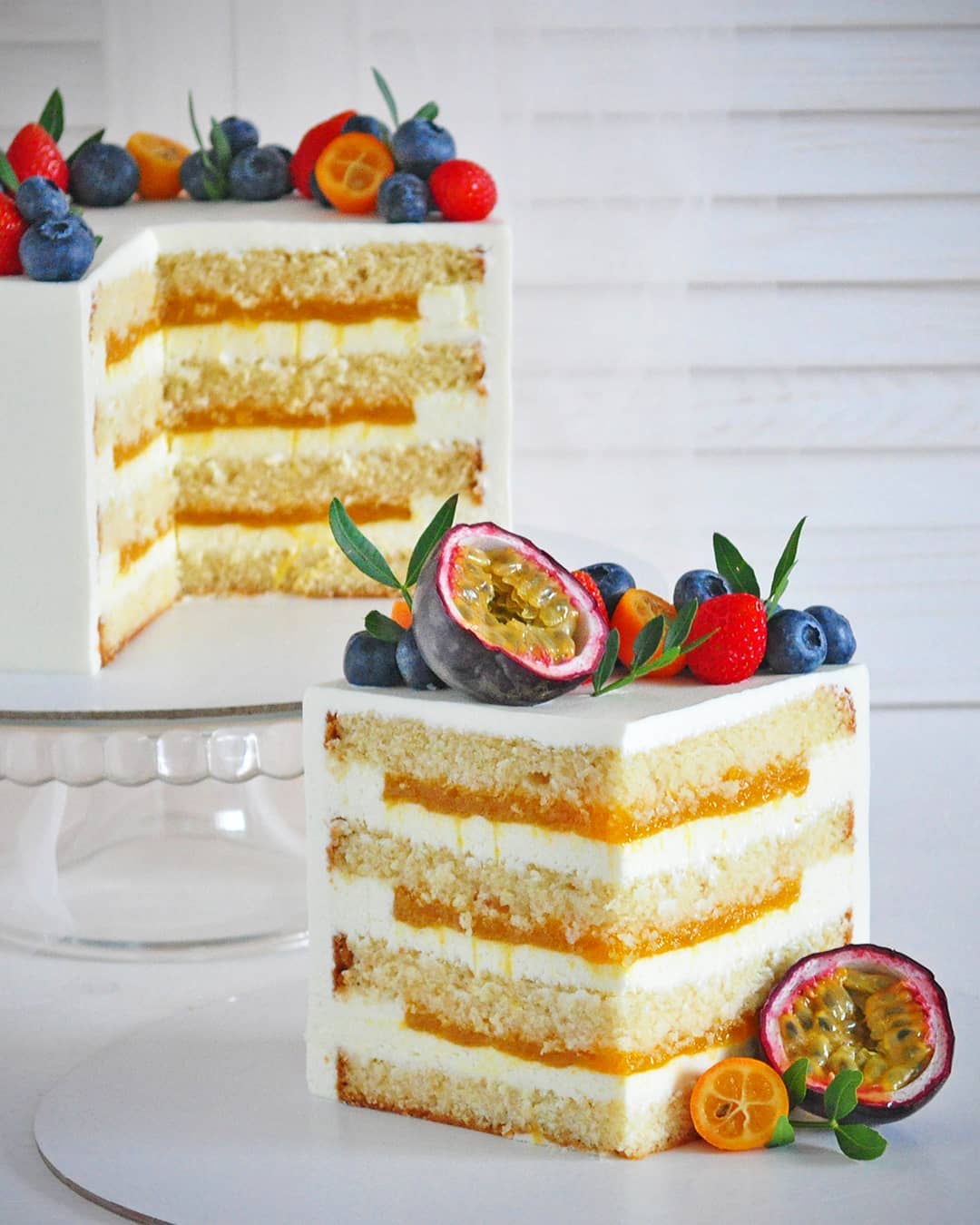Ingredients
Cake layers
The cream
Instructions
Step 1
Step 2
Step 3
Step 4
Step 5
Step 6
Step 7
Step 8
Step 9
Step 10
Step 11
Step 12
Step 13
Step 14
Step 15
Step 16
Step 17
Step 18
Step 19
Step 20
Step 21
Servings
Equipment
A stand mixer works best for incorporating ingredients smoothly, but a hand mixer can do the job too. If you prefer a more hands-on approach, mixing by hand is always an option.
Useful for combining various components of the recipe. It’s always helpful to have a few different sizes on hand.
Essential for flattening your dough evenly. If you don't have one, a wine bottle can work in a pinch.
Helps in rolling out the dough without sticking and makes transferring to the oven easy.
For piercing the dough to prevent bubbles while baking.
Ensure your oven is preheated to the right temperature for consistent baking.
To line the sides of your cake ring for a neat assembling process.
Keeps the cake layers and filling neatly stacked as they chill. A springform pan without the base works too.
Variations
Faq
- Can I use whole wheat flour instead of all-purpose flour?
You can, but it will yield a denser cake. Whole wheat flour absorbs more liquid and alters the texture.
- How do I store the cake if it’s not all eaten immediately?
Store the cake in an airtight container in the refrigerator. It will stay fresh for up to 4 days.
- Can I use margarine instead of butter?
Yes, you can substitute margarine for butter in this recipe. However, it may slightly alter the taste and texture of the cake.
- What’s the best way to apply the cream between the layers?
Use an offset spatula for even application, and ensure each layer is level before adding the next. This will help keep the cake stable.
- How do I make sure the cake layers are even?
Roll the dough out to a uniform thickness and use a template or cake ring to cut out perfect circles. Weighing out equal portions of dough can also help.
- Is it necessary to chill the cake overnight before serving?
Chilling helps the flavors meld together and results in cleaner slices, but if you’re short on time, a few hours in the fridge can suffice.

